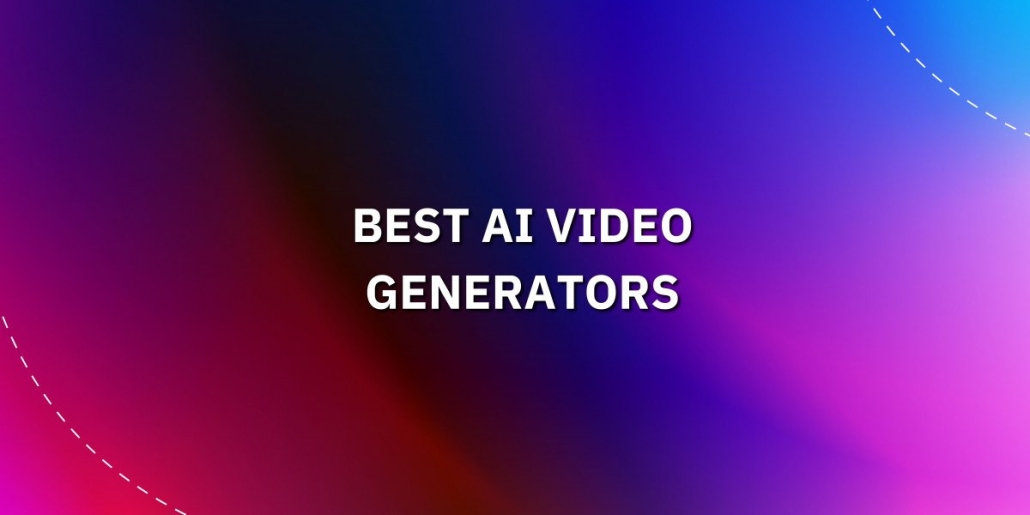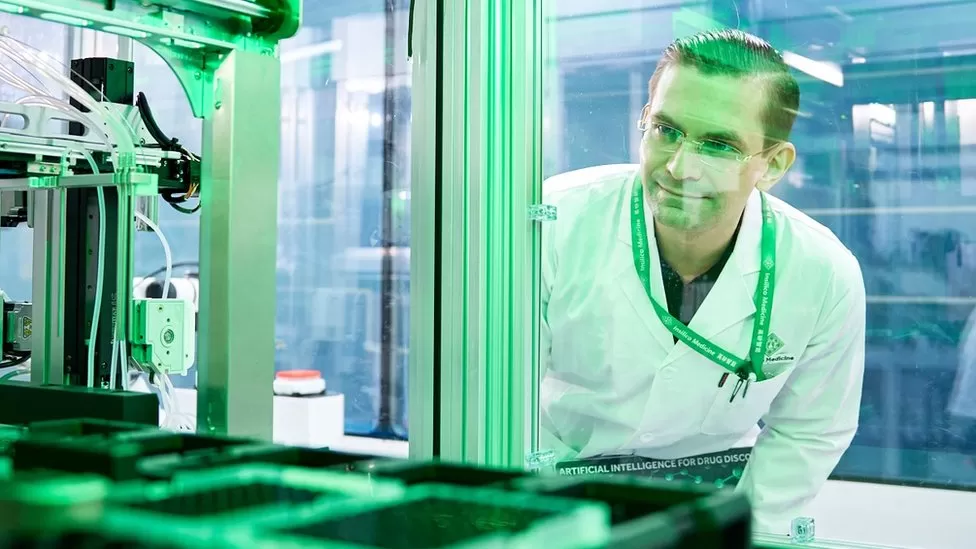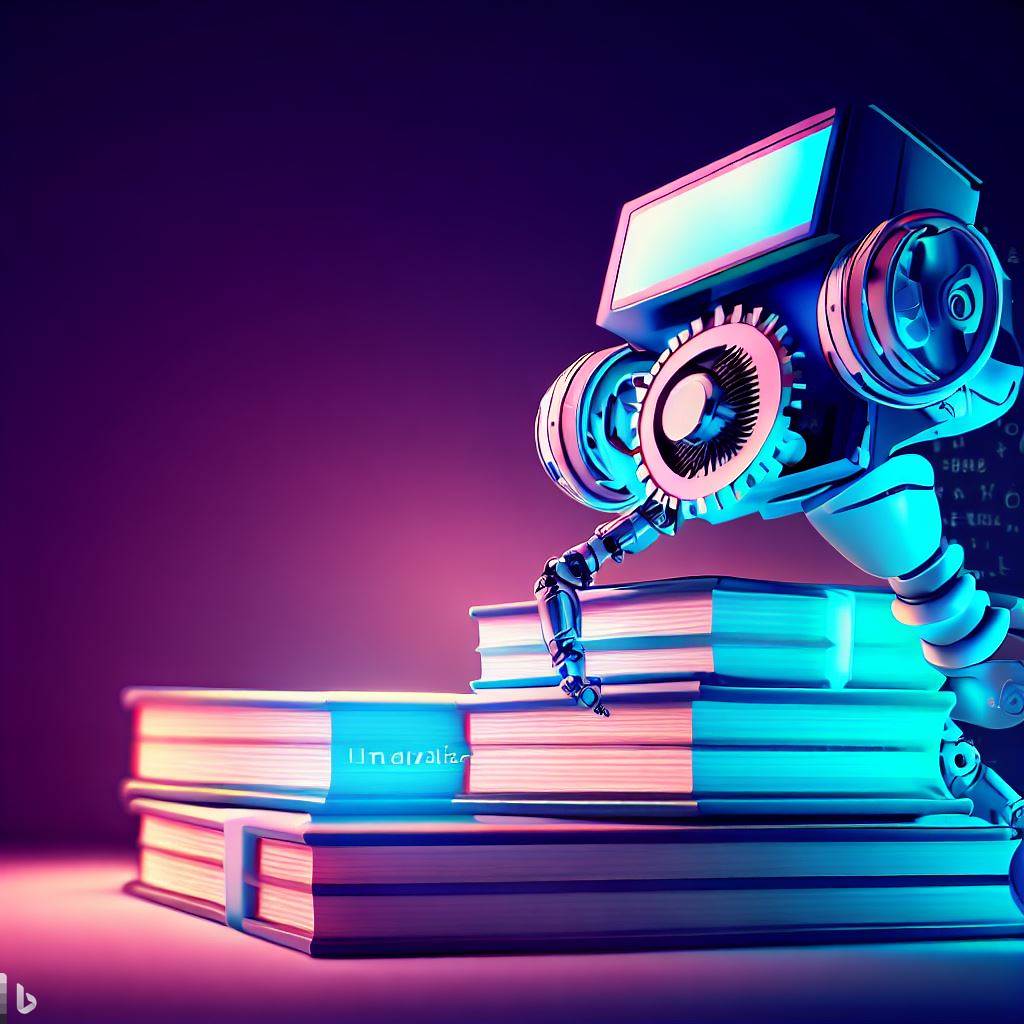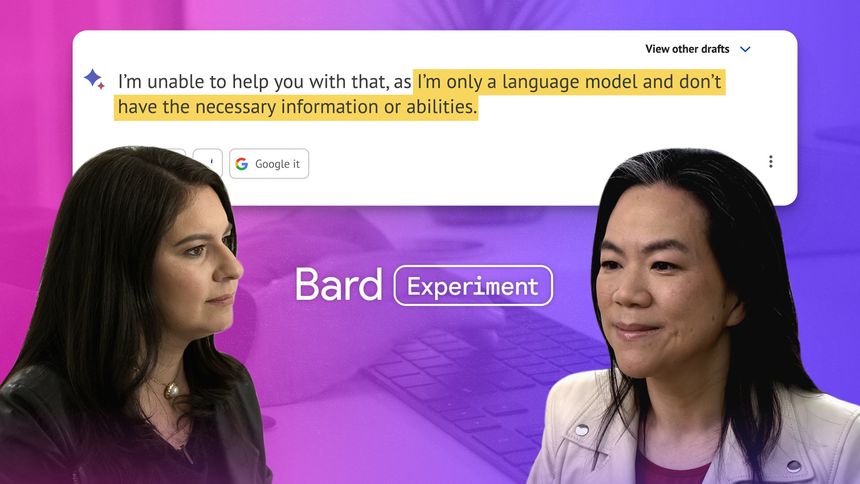AI to Z – all the terms of AI

Artificial intelligence (AI) is becoming ever more prevalent in our lives. It’s no longer confined to certain industries or research institutions; AI is now for everyone. Term Definition Algorithm A set of instructions given to a computer to solve a problem or perform calculations. Alignment problem The discrepancy between intended objectives for an AI system and its […]
“Best” AI Video Generators

Here are 10 of the best AI video generators as of April 2023, sorted from best to worst and including download links: AI Video Generator Key Features Highlights Download Link Adobe Premiere Pro Professional video editing software with AI-powered automation, advanced features Ideal for video professionals looking for advanced editing capabilities https://www.adobe.com/products/premiere.html Lumen5 Customizable templates, extensive media library, user-friendly interface Great for […]
How Artificial Intelligence is Revolutionizing the Business World

Artificial intelligence (AI) is transforming the business world in ways that were once unimaginable. From improving customer service to increasing efficiency and productivity, AI is becoming an indispensable tool for companies of all sizes. In this post, we’ll explore some of the ways that AI is revolutionizing the business world and what it means for […]
How artificial intelligence is matching drugs to patients

Dr Talia Cohen Solal sits down at a microscope to look closely at human brain cells grown in a petri dish. “The brain is very subtle, complex and beautiful,” she says. A neuroscientist, Dr Cohen Solal is the co-founder and chief executive of Israeli health-tech firm Genetika+. Established in 2018, the company says its technology […]
Top AI Books

These five books are among the best AI books that provide insights into the challenges and opportunities of artificial intelligence. They discuss various scenarios where AI could surpass human intelligence and what that could mean for society. They also provide insights into how we can ensure AI develops in a way that is beneficial to […]
Google’s CEO discusses AI, the future of search, efficiency and competition with Microsoft.

WSJ: We’re entering this difficult economic environment and this amazing moment for artificial intelligence. I think a lot of people are wondering, is Google moving fast enough to capture this moment in AI and is Google set up to do that? Google Chief Executive Sundar Pichai faces one of his biggest tests as the leader of the […]
Top AI Companies and Their Locations

Artificial intelligence (AI) is transforming various industries, from healthcare to finance to manufacturing. The following are some of the top AI companies and their locations, which are leading the charge in developing cutting-edge AI solutions. Company Location Industry Google Mountain View, California Technology Microsoft Redmond, Washington Technology IBM Armonk, New York Technology Amazon Seattle, Washington […]
The Future of AI: Trends and Predictions for the Next Decade

Artificial intelligence (AI) has come a long way since its inception. It has already transformed many industries and is poised to revolutionize many more in the coming years. As AI continues to evolve, there are several trends and predictions for the next decade that are worth exploring. One of the most significant trends in AI […]

